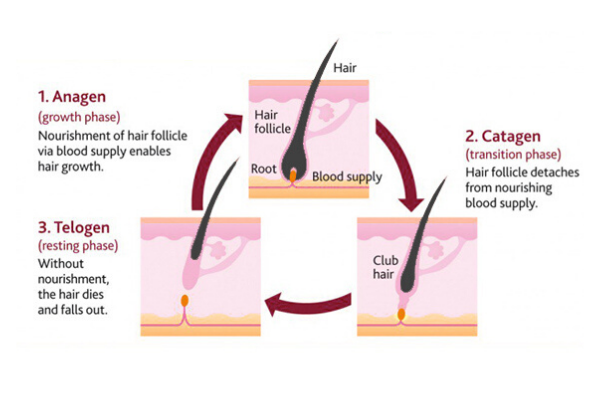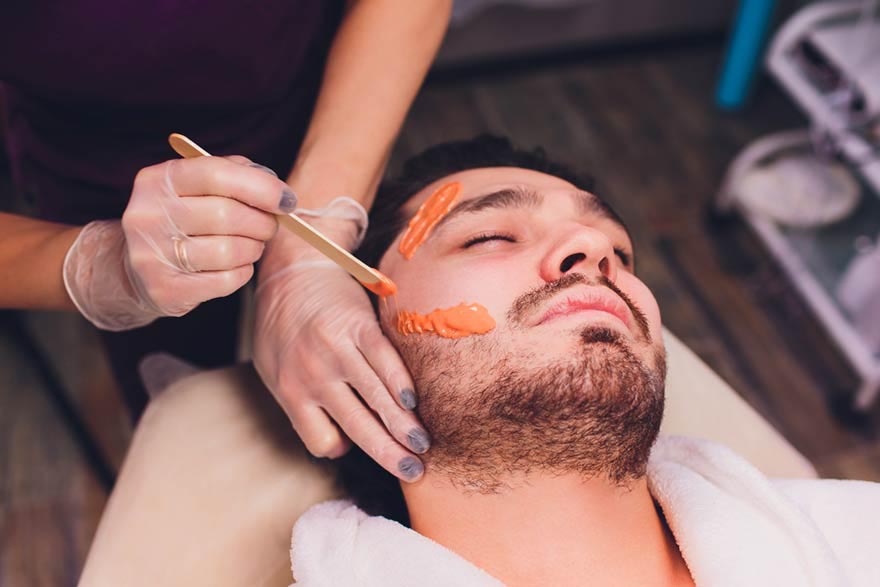Blog Article
Mastering the Art of Waxing: Essential Tips for a Painless Hair Elimination Experience
In the realm of personal pet grooming, understanding the art of shaving is a skill that can significantly boost one's hair removal experience. The process of waxing, though efficient in attaining smooth skin, can frequently be associated with pain and pain otherwise performed appropriately. By recognizing and executing crucial tips, individuals can browse this hair removal method with convenience and minimal discomfort. From pre-waxing prep work to choosing the appropriate wax and grasping proper shaving strategies, the journey to a painless waxing experience is led with knowledge and knowledge.
Pre-Waxing Preparation
Prior to undertaking a waxing session, it is important to correctly prepare your skin to lessen discomfort and accomplish ideal hair elimination outcomes. Start by exfoliating your skin a day or 2 prior to your appointment to remove dead skin cells and stop in-grown hairs. This action aids the wax adhere better to the hair, making certain a more effective removal process. Stay clear of hydrating on the day of your shaving session as it can create a barrier between the wax and your hair, resulting in much less effective results. Furthermore, it is suggested to cut your hair to about a quarter of an inch before waxing to avoid unneeded discomfort throughout the procedure.
In addition, it is crucial to cleanse your skin thoroughly prior to waxing to get rid of any type of oils, lotions, or dirt that could hinder the wax's capacity to grasp the hair. This step not only improves the performance of the shaving process but likewise helps in reducing the risk of post-waxing outbreaks - Laser Hair Removal. By complying with these pre-waxing preparation steps, you can ensure a smoother and extra comfy hair removal experience

Selecting the Right Wax
Selecting the appropriate kind of wax is necessary for making sure a successful and comfy hair elimination process. There are several sorts of waxes available, each accommodating different skin types and hair appearances. Both major classifications of wax are hard wax and soft wax. Tough wax is appropriate for delicate locations like the face, underarms, and bikini line as it sticks only to the hair, making it much less agonizing for these delicate areas. On the various other hand, soft wax is perfect for bigger areas like legs and arms as it is used thinly and gotten rid of with fabric strips.
When selecting a wax, consider your skin level of sensitivity, hair density, and the area you prepare to wax. For those with delicate skin, hypoallergenic waxes with included relaxing representatives like chamomile or aloe vera can aid decrease inflammation. Crude hair may require a wax especially created for strong hair removal. Furthermore, if you are brand-new to waxing, it might be useful to begin with a mild formula to gauge your skin's reaction before trying much more powerful alternatives. Consulting with a specialist esthetician can also offer useful understanding right into the most effective wax for your private requirements.
Proper Waxing Technique
To begin, it is essential to clean the skin extensively prior to applying the wax. In addition, always make certain try this out that the wax is warmed to the right temperature to stay clear of burns or inefficient hair removal. Applying the wax in the instructions of hair growth and removing it versus the hair growth helps to make certain that the hair is pulled from the origin, resulting in smoother and longer-lasting outcomes.
In addition, utilizing small areas of wax at a time and pushing strongly on the wax strip before elimination can help improve the effectiveness of the process. Finally, remember to use gentle stress on the skin after waxing to lower and relieve any kind of discomfort soreness. By following these proper shaving techniques, you can accomplish a much more positive and successful hair removal experience.
Aftercare Tips

After waxing, it's important to maintain the waxed area tidy and free from irritants. Scrubing the skin 2-3 times a week, starting a couple of days after waxing, can likewise help in stopping ingrown hairs and maintaining the skin smooth.
Additionally, it's a good idea to avoid activities that might trigger excessive sweating, such as intense exercises, quickly after waxing to stop more inflammation. If any soreness or bumps linger after find waxing, applying a cool compress or aloe vera gel can help in reducing inflammation - Laser Hair Removal. Complying with these aftercare ideas faithfully can guarantee a effective and comfortable waxing experience with resilient outcomes

Troubleshooting Common Issues
One more issue is ingrown hairs, where hair curls back or grows sidewards right into the skin after waxing. Additionally, if you experience bruising or inflammation after waxing, using a cool compress can reduce inflammation and soothe the skin. By attending to these usual waxing concerns proactively, you can boost the overall effectiveness and comfort of your hair elimination regimen.
Conclusion
Finally, grasping the art of shaving requires proper prep work, choosing the best more wax, making use of the appropriate strategy, and following aftercare pointers. By adhering to these necessary pointers, people can achieve a painless hair elimination experience. Laser Hair Removal. It is essential to fix common concerns that may emerge during the shaving procedure to ensure a successful and comfortable end result. With technique and interest to detail, waxing can be an efficient hair removal technique.
Furthermore, it is critical to cleanse your skin thoroughly prior to waxing to eliminate any oils, creams, or dust that could conflict with the wax's capability to grip the hair. The 2 main groups of wax are difficult wax and soft wax.When choosing a wax, consider your skin level of sensitivity, hair density, and the area you intend to wax.Additionally, using tiny sections of wax at a time and pushing securely on the wax strip before elimination can help improve the efficiency of the process. After waxing, it's critical to keep the waxed area totally free and tidy from toxic irritants.
Report this page





































